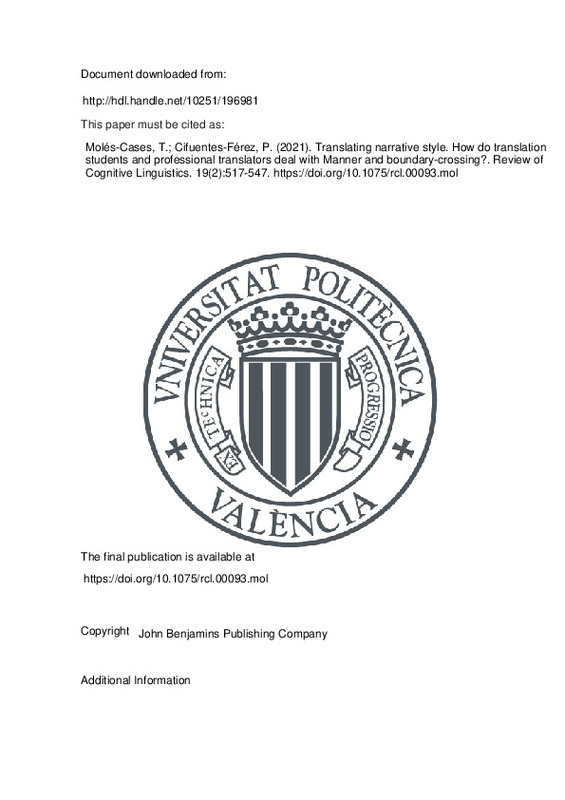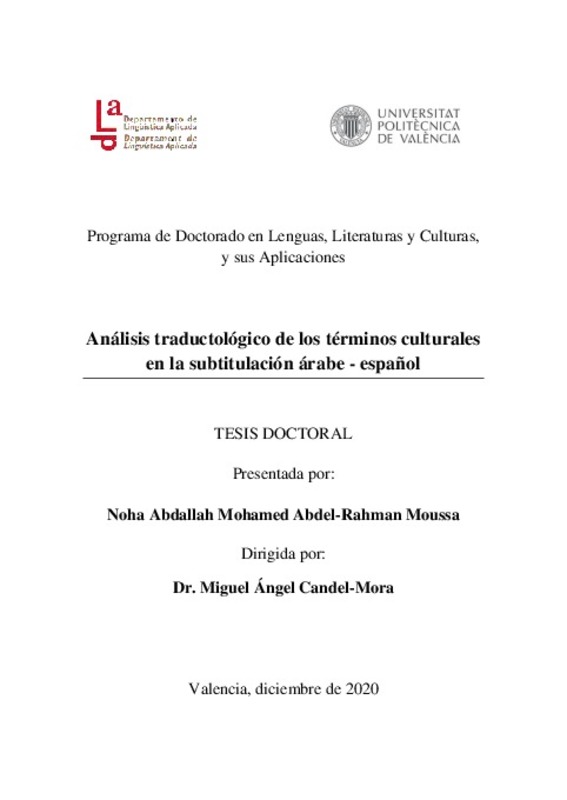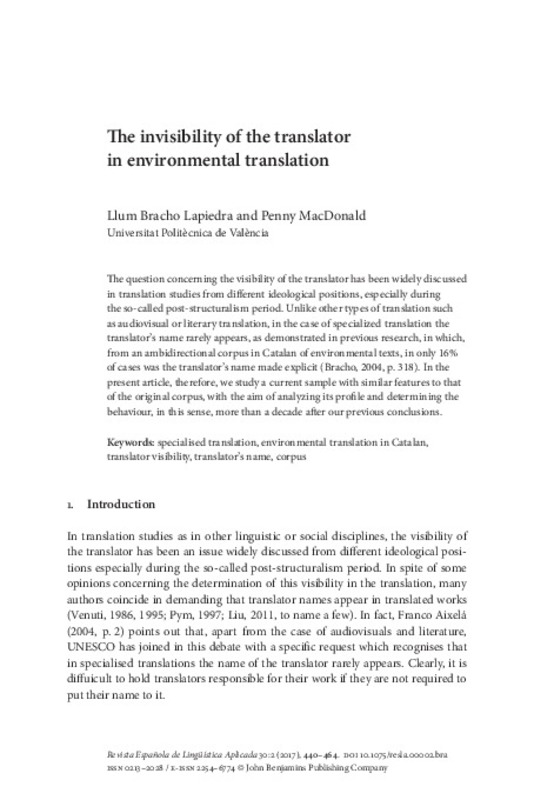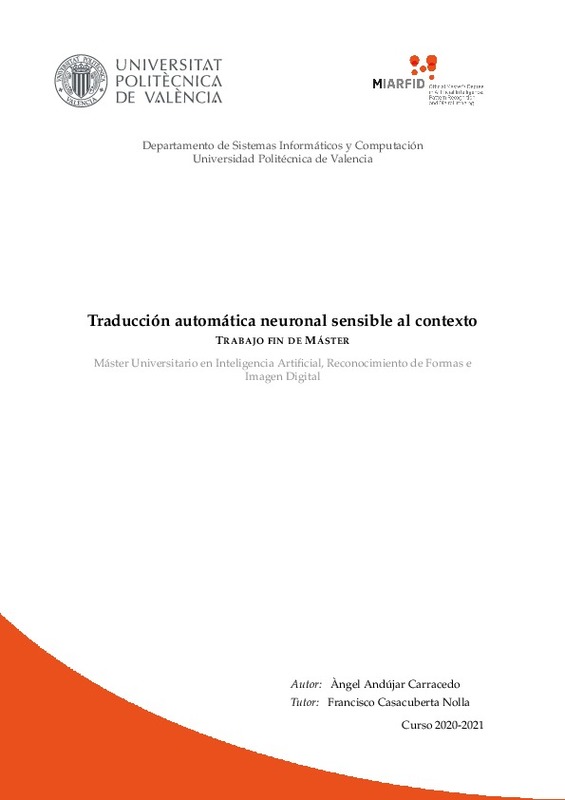JavaScript is disabled for your browser. Some features of this site may not work without it.
Buscar en RiuNet
Listar
Mi cuenta
Estadísticas
Ayuda RiuNet
Admin. UPV
Translating narrative style. How do translation students and professional translators deal with Manner and boundary-crossing?
Mostrar el registro sencillo del ítem
Ficheros en el ítem
| dc.contributor.author | Molés-Cases, Teresa
|
es_ES |
| dc.contributor.author | Cifuentes-Férez, Paula
|
es_ES |
| dc.date.accessioned | 2023-09-22T18:02:02Z | |
| dc.date.available | 2023-09-22T18:02:02Z | |
| dc.date.issued | 2021 | es_ES |
| dc.identifier.issn | 1877-9751 | es_ES |
| dc.identifier.uri | http://hdl.handle.net/10251/196981 | |
| dc.description.abstract | [EN] Within the context of the Thinking-for-translating framework, this paper analyses the translation of boundary-crossing events including Manner from English into German (both satellite-framed languages) and Catalan and Spanish (both verb-framed languages) to investigate whether student translators transfer these specific types of motion event or otherwise omit (or modulate) some information. Three groups of student translators (having respectively German, Catalan and Spanish as their mother tongues) were asked to translate a series of excerpts from English narrative texts into their respective first languages. The resulting data suggest that the way student translators deal with the translation of these events is influenced by their mother tongues and the nature of the event itself (axis, suddenness, type of Figure, type of Path, type of Manner). It is also noted that German students' translations are much more similar to the published versions than the Catalan and Spanish ones, and that Catalan and Spanish-speaking students tend to omit boundary-crossing. | es_ES |
| dc.description.sponsorship | We are very grateful to the students who participated in the experiment, and to our colleagues Kerstin Kunz and Martha Anna Rudka (Universität Heidelberg), Beate Herting (Universität Leipzig), Marta Navarro Coy and Ana I. Foulquié Rubio (Universidad de Murcia), and Josep R. Guzmán Pitarch (Universitat Jaume I) for their help in carrying out this experiment at their respective universities. We would also like to thank the two anonymous reviewers for their valuable comments and suggestions. | es_ES |
| dc.language | Inglés | es_ES |
| dc.publisher | John Benjamins Publishing Company | es_ES |
| dc.relation.ispartof | Review of Cognitive Linguistics | es_ES |
| dc.rights | Reserva de todos los derechos | es_ES |
| dc.subject | Motion events | es_ES |
| dc.subject | Boundary-crossing | es_ES |
| dc.subject | Manner | es_ES |
| dc.subject | Translation | es_ES |
| dc.subject | Thinking-for-translating | es_ES |
| dc.subject.classification | FILOLOGIA ALEMANA | es_ES |
| dc.title | Translating narrative style. How do translation students and professional translators deal with Manner and boundary-crossing? | es_ES |
| dc.type | Artículo | es_ES |
| dc.identifier.doi | 10.1075/rcl.00093.mol | es_ES |
| dc.rights.accessRights | Abierto | es_ES |
| dc.contributor.affiliation | Universitat Politècnica de València. Escuela Politécnica Superior de Gandia - Escola Politècnica Superior de Gandia | es_ES |
| dc.description.bibliographicCitation | Molés-Cases, T.; Cifuentes-Férez, P. (2021). Translating narrative style. How do translation students and professional translators deal with Manner and boundary-crossing?. Review of Cognitive Linguistics. 19(2):517-547. https://doi.org/10.1075/rcl.00093.mol | es_ES |
| dc.description.accrualMethod | S | es_ES |
| dc.relation.publisherversion | https://doi.org/10.1075/rcl.00093.mol | es_ES |
| dc.description.upvformatpinicio | 517 | es_ES |
| dc.description.upvformatpfin | 547 | es_ES |
| dc.type.version | info:eu-repo/semantics/publishedVersion | es_ES |
| dc.description.volume | 19 | es_ES |
| dc.description.issue | 2 | es_ES |
| dc.relation.pasarela | S\448861 | es_ES |







![[Cerrado]](/themes/UPV/images/candado.png)




